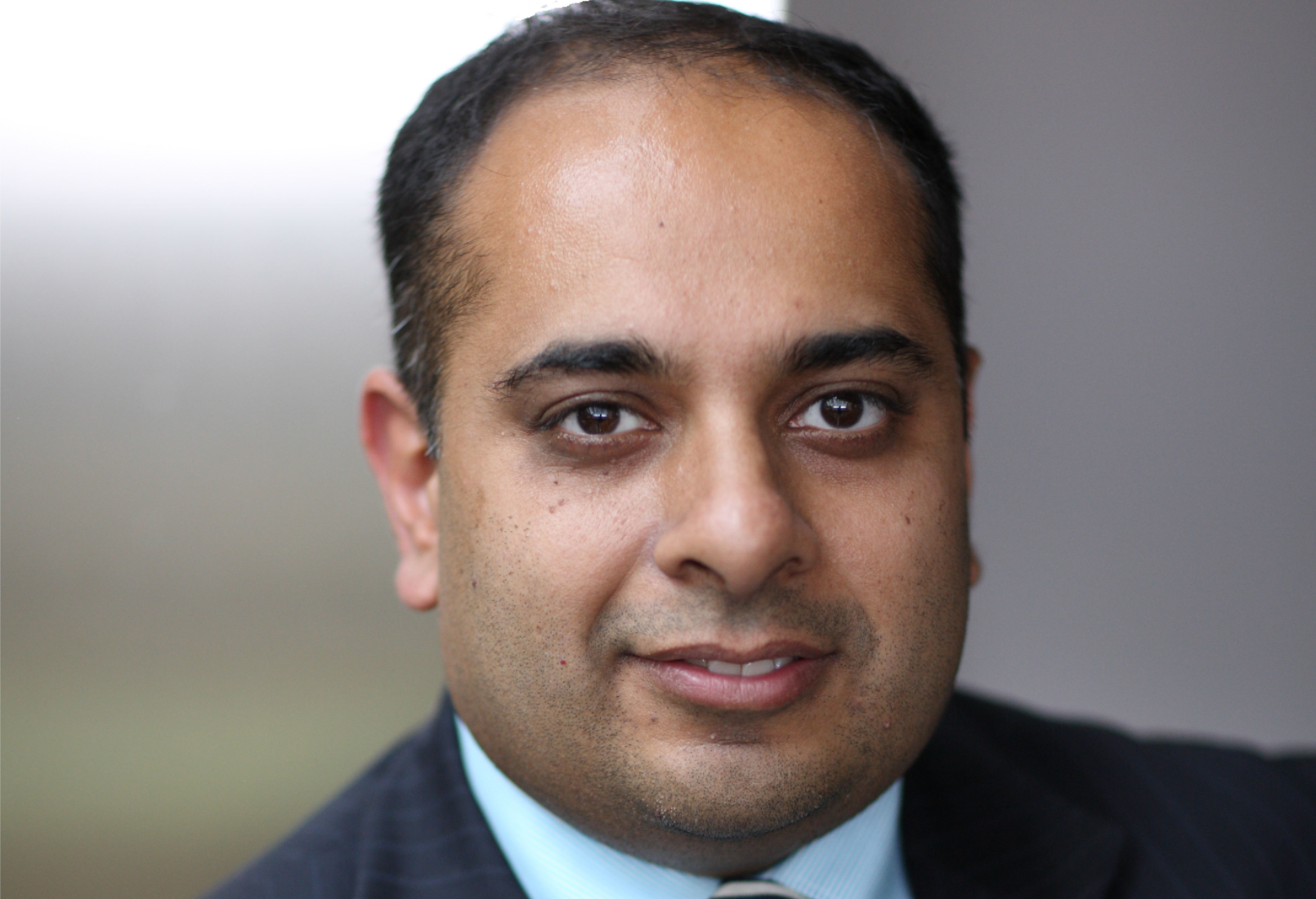People often ask what makes a fintech successful. Behind the success stories like PayPal, TransferWise and AfterPay lies a long list of could-have-been fintechs that never made it.
Encouraged by statements from bankers themselves, such as “we are a tech company with a banking license” many technologists dive headfirst into the world of finance. How hard can it be, right? Hoping that they can bring a fresh perspective to an old world, sometimes they do, but all too often, they miss the mark. The reason for many failures, is a failure to look at the problem from a banker’s perspective.
As a Chartered Banker, experienced in finance, technology and innovation, I had the opportunity of initiating fintechs into the world of banking. Here are some of the common fallacies I came across.
- Retail is all there is
Over 90% of the population only experience banking through the retail lens: branches, online apps, retail payments, cards, ATMs and Eftpos. You can understand therefore why over 90% of fintechs start with a retail focus. Like an iceberg, most of the bank is hidden from view. Back office operations, core IT, financial services, SME segments, corporate, and institutional banking, are poorly serviced by fintechs. Understanding how the banking system operates under the surface is useful in discovering new opportunities, or rounding off propositions with an end-to-end perspective.
- You only risk what’s on the table
In poker, and with most investments, you only risk what you put down. So a fintech would think, what is the worst case? The investment fails? No problem – I can afford that risk! It is true that new innovations are fun. Here are two: An ATM that automatically counts cash deposits and automatically credits your account; and an international money transfer (IMT) that automatically distributes the money domestically through domestic low value clearing to save IMT costs. Due to design oversights, both these innovations cost the banks responsible a fine and penalties of over $1 billion each, the largest fines in Australia ever, far greater than the business case of either idea. Even bigger than fines is reputational risk. Every action a large bank takes potentially puts its entire reputation on the line – if people want to know why banks are conservative and risk averse, this is why.
- Coming up with an idea is the hard part
Once a US start-up came to my bank with an idea. They would give the idea to us for a billion dollars, they said. No software, no product, just the idea. We politely declined. Thomas Edison is famously credited with “genius is 1% Inspiration, and 99% perspiration”. Let’s supplement that from a banker’s perspective: ingenuity itself is a small part of fully operationalising a new product. There is an army of people that make a product work. If you look at banks today, they still have relatively limited products. Many new ideas are announced but no one ever announces a failure – they just disappear. Once the product is launched, a bank has 6 months (if it is a good idea) before other banks follow. Once the implementation team has moved on, the product needs to win the long battle to win hearts and minds. The second bank to implement the idea does it in a far more efficient and effective way, because the trail has been blazed. An example is CBA’s Albert Pi terminal – a world first touchscreen payment system. The development costs were heavy. Cuscal implemented Square for almost nothing, and since then almost every bank has a smaller neater, cheaper device in the market. Getting a new idea to be efficient is really hard work and the full cost of implementing an idea may include replacing it.
- Banks are technology users not producers
Despite claims above to the contrary, shareholders buy into banks because they see an upside to one or many banking products and services they have. If they saw an upside to technology companies they would invest in them, and they probably do. Technology is for every bank on Earth today, a cost centre. Perhaps that will change, but not before a technology producer acquires or becomes a bank. Banks see technology as a means to an end. Technology projects, at least today have a beginning, and an end, allowing the bank to realise the business case within an ongoing banking product that they will continue to develop. Whereas tech companies view technology as cyclical, they always need to be producing the next version. Maybe things are changing, but all too often, when a bank takes over technology: that’s it – time to milk it.
- The banking game operates under strict regulation
Regulation is driven by policy, and much of the policy has evolved to protect consumers and the public from exploitation. Every now and then smart people try and find a loophole in the regulations. Arguable this caused the GFC. They may do this with a genuine intent, but if it is bypassing some control, eventually it will be abused, and the regulators will catch up. An example from a few years back was P2P lending. The idea was anyone could lend to anyone, and both the borrower and lender would get a better deal than they could in the banking market. In the end due to complaints from borrowers who got unfair terms, or lenders who lost their money, and also due to money laundering exploits, fintechs venturing into this space failed or pivoted to conventional lending products. Initial Coin Offerings, ICOs, the crypto version of IPOs and crowd funding is now subject to similar requirements as IPOs. We are seeing a similar situations today with Buy Now, Pay Later. Unsecured, unregulated consumer lending reminiscent of the 1970s credit card rush, which was eventually tightened to what we have now. So similarly will Buy Now, Pay Later become a shadow of its former self? Understanding banking products as a banker helps you not just think like a banker, but also like a regulator, and the underlying features, opportunities and limits of a product or approach becomes more apparent as a fintech develops its offering.
- Greener grasses
Any start-up that has attempted to scale knows how attractive a captive customer base is. They look at established banks, and see an opportunity of accelerated growth if the bank could just implement their idea. Many banks have been approached with the pickup line “please implement my software so I can disrupt you”. Banks, however are established in their own profit models, they are tied up with legacy, heavy regulation, and implicit risk that we discussed earlier. They see start-ups as a way of breaking free from the constraints: 86400, U Bank, Commsec Bank, UP, and the bank’s incubators such as Reinventure, X15, NAB Ventures and 1835i, are examples of big banks and financial institutions doing something innovative outside the constraints of the traditional bank. There is an advantage to being small and nimble for as long as possible in the development cycle. The value of the idea increases. Once acquired by banks many technologies stagnate. The passion has gone, the founders have been paid out. The grass is always greener on the other side. Whether in a start-up or in a bank, Ideas need to transition to working software, to an operational concern, to a business, and the insights of people who know and have had experience in how to do this end up being more useful than the organisations they may come from.
- Risks and ethics are straightforward
Risk and ethics are multifaceted, and as a banker you need to consider the implications of a decision from several angles. In the Chartered Banker program, an emphasis is placed on this area, as it is rightly of utmost importance. Risk is used to measure the exposure to an investment: assessing underlying securities, or actuary work in insurance. In one case, a bank limited risk exposure to a margin loan product by shifting the liability to the consumer in the event of a failed margin call. Despite terms and conditions that protected the bank, the inability to collect from customers due to reputational risk meant the clause was not exercisable, and the risk remained unmitigated. Or in a famous case, the technical definition of what constituted a heart attack differed from the popular interpretation, a controversy that contributed to a royal commission that cost the banks billions. Can a banking app spy on a phone to check for malware? Can you use customer identification information to upsell? Understanding ethics and risk can is critical in developing a new fintech product.
In the coming era, I tell people technology is not a profession. It is a tool that can help you with any profession. In financial services, a deep understanding of how the system works, from operations to risk and just general commercial savviness is an invaluable asset to any fintech. Becoming a Chartered Banker is a recognition of that savviness: that you have that big-picture exposure to the world of financial services, and a deep understanding of the ethics and risks associated with the practice of banking.
Nikesh Lalchandani, Chartered Banker, F FIN is a former CBA executive in payments, technology and innovation, and currently works in establishing Neo Banks and start-up fintech organisations. He is the author of Payments and Banking in Australia: From coins to cryptocurrency, how it started, how it works and how it may be disrupted.








